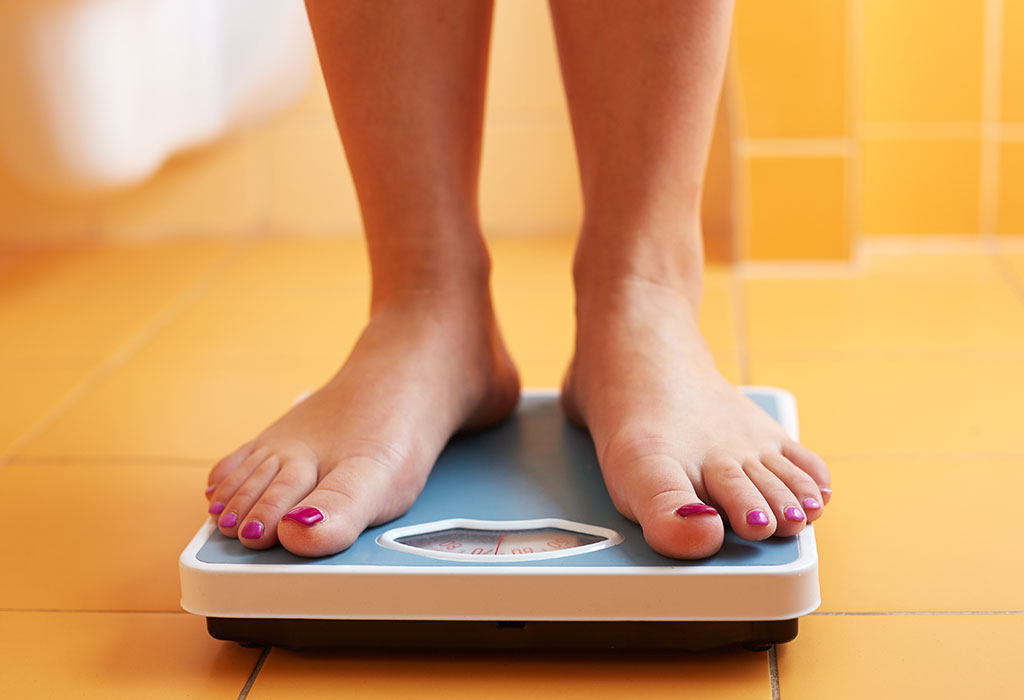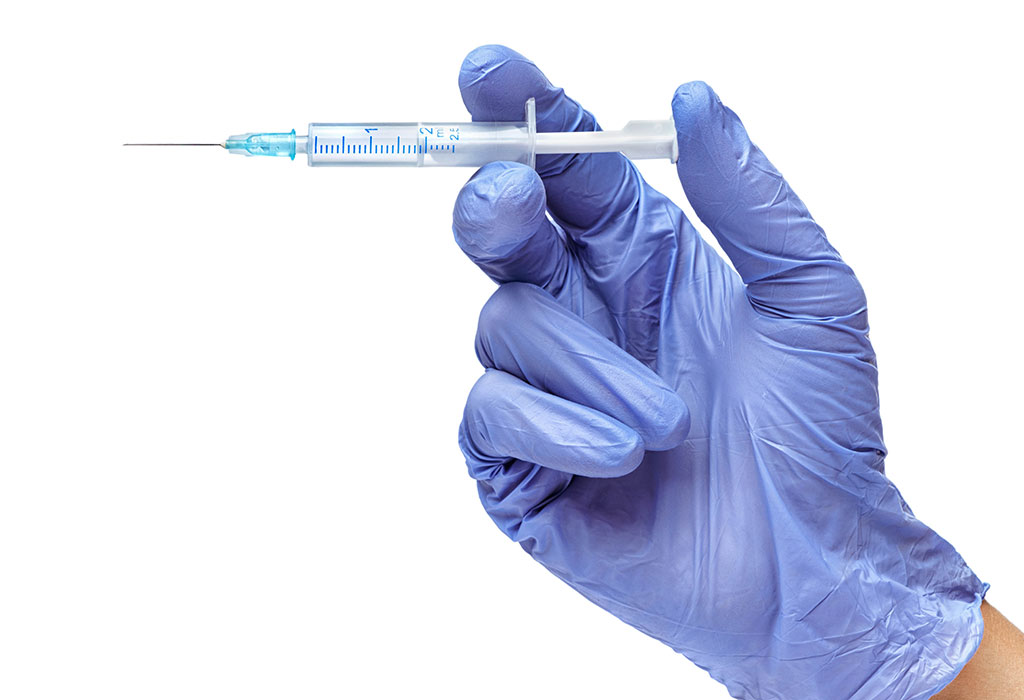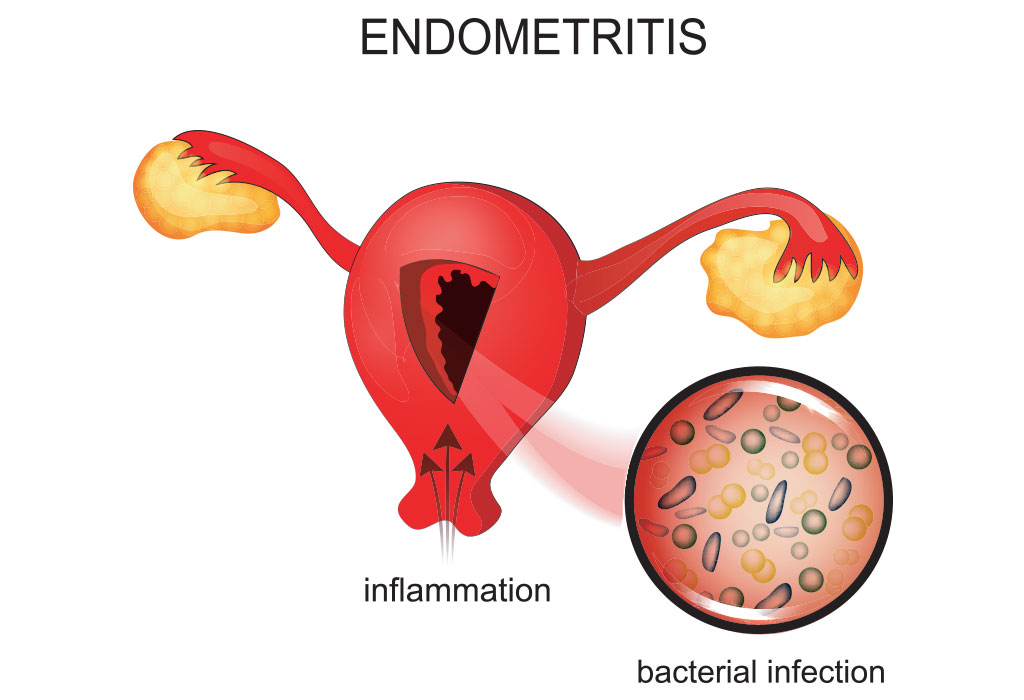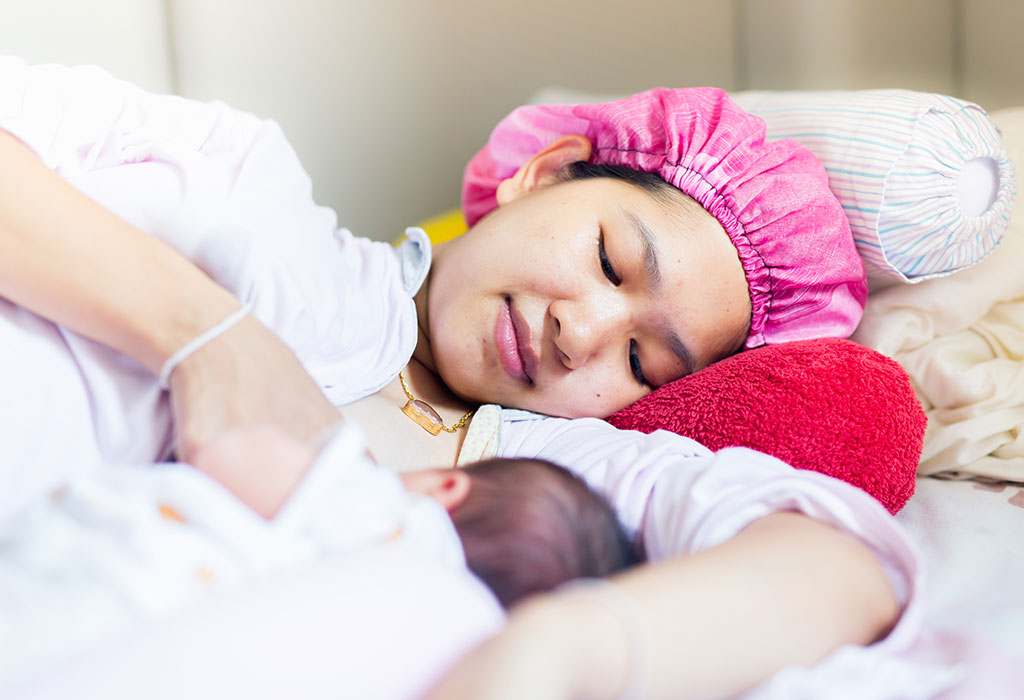In this Article
- What is C-section Wound Infection?
- Causes of Infection After Cesarean Birth
- Signs and Symptoms of a C-section Infection
- Diagnosis for C-section Wound Infection
- Types of Infections After a C-section
- Complications of Infection after a C-section
- C-section Infection Treatment
- Preventive Measures for Cesarean Section Infection
- Tips That Can Help in the Healing of a C-Section Wound
- Cesarean Section Infection and Breastfeeding
The joy motherhood is unparalleled – you’re now going to want to start caring for your baby right away! But if you’ve had a caesarean delivery, it is necessary to take care of yourself first. The entire process of a c-section is intensely surgical, which makes it open to the risk of contracting a post-caesarean infection. The wound will take its own time to heal and the stitches will fall off when they are due. But if an infection makes it way to the wound, it requires additional precautions.
What is C-section Wound Infection?
Since a C-section is basically an incision made on the body, post surgery it is no different from a wound. And with any wound, there is a chance of microbes and bacteria finding their way to it. If that so happens, the incision that is yet to be healed can develop an infection, leading to further difficulties.
Causes of Infection After Cesarean Birth

Although the chances of contracting an infection are quite low today due to advances in medicine, there are certain factors that can increase the risk of that happening. Some of those are:
According to studies conducted recently, it was found that women receiving nylon or staple sutures post-delivery were more likely to develop an infection. For this, the best option suggested is polyglycolide (PGA) sutures as they absorb better and are also biodegradable.
- Suffering major blood loss during the delivery, while the surgery is in process, or even during labour
- The caesarean delivery and labour have lasted longer than usual
- The absence of antibiotics or any pre-surgery care to prevent infection
- History of having caesarean deliveries
- Prenatal checkups have been erratic during the course of the pregnancy
- Consumption of steroids for extended periods
- The amniotic fluid is infected along with the foetal membrane, leading to chorioamnionitis while labour is in progress
- Having diabetes or diseases that weaken the immune system, such as HIV
- Suffering from obesity.
Signs and Symptoms of a C-section Infection
Understanding that the wound has been infected can only be surmised by observing the area of the incision. In case you cannot see the wound for yourself, the area should be inspected by somebody else. More often than not, certain symptoms are strong indicators of an infection being present in the body. These are:
- The area of the incision has redness or swelling, accompanied by some pain
- Abdominal pain after delivery begins to increase instead of decreasing
- The wound begins to drain out, or pus leaks out
- The actual wound begins to sting a lot and does not improve over time
- The mother develops a fever with a temperature above 100.5 degrees Fahrenheit
- The mother is unable to pass urine due to an intense burning sensation accompanied by pain
- Discharge is emitting from the vagina that has a bad odour to it
- Vaginal bleeding increases, causing the mother to change pads constantly
- Vaginal bleeding consists of blobs or clot-like structures
- The legs begin to swell again and start to hurt
Diagnosis for C-section Wound Infection

- Most doctors do examine the incision area and the wound before you are discharged to ensure that it is infection-free. However, many women do contract the infection a week after reaching home.
- Doctors will primarily examine the area from the outside without removing any tapes or sutures. Most of the times, the redness and swelling in the region will give them a good idea of whether there is an infection.
- At times, the sutures might be examined closely or the covering bandage will be removed a little to get a better idea of how the healing has been progressing. An infection can break down the sutures earlier than necessary.
- If there is pus in the region, your doctor may use an injection to drain out the pus gradually and reduce irritation. At the same time, a swab sample might be taken to gather the culture present in the wound and sent to the lab for analysis.
- Your doctor would also want to know how you’ve been taking care of the wound and what possible elements it might have been exposed to in the past week. This could give them a better idea of the source of infection.
Types of Infections After a C-section
These are the infections that may occur after a C-section.
1. Cellulitis
When the tissue around the incision region begins to redden and swell up – resembling an inflammation – it is a strong sign of cellulitis. This is primarily a result of an infection caused by specific bacteria belonging to the staphylococcal or streptococcal strains. In such a condition, pus is rarely present.
2. Abdominal Abscess
Once the incision region becomes inflamed and tender, the areas around the wound edges begin to swell as well. This leads to the bacteria infecting the cavity of the tissue, leading to the formation of pus. It starts leaking out from the incision as well.
3. Endometritis

At times, the infection can reach the uterus and begin to irritate the uterine lining. This is also a result of the bacteria that cause the above-mentioned abscesses, resulting in a condition called endometritis. It causes intense abdominal pain and vaginal discharge, accompanied by high fever.
4. Thrush
Caused by a fungus present in the body called candida, thrush usually affects women with weak immunity who consume steroids. This can cause a yeast infection or even mouth sores, owing to the absence of good bacteria to keep the regions healthy.
5. Urinary Infections
Certain women may require catheters to facilitate the passing of urine. These increase chances of urinary tract infections, thanks to the bacteria called e.coli.
Complications of Infection after a C-section
- Necrotizing fasciitis – the infection begins to attack healthy body tissues.
- Fascial rupture – the healthy body tissues are further exposed to the wound.
- Dehiscence of the wound – the sutures and healed layers are reopened.
- Wound evisceration – the worst case where the wound opens completely and the bowel begins to emerge out of it.
C-section Infection Treatment
- Keep a regular check on the wound to see if it is healing properly or if there is any seepage or leakage of fluid from the area.
- Any pus that exists should be drained out from the abscesses to facilitate healing.
- A sterile saline solution should be used to clean the wound fully and remove any bacteria.
- If the fluid is still leaking, the wound should be packed using sterile strips that help in absorbing the leaks.
- The cleaning and dressing of the wound should be done regularly.
Preventive Measures for Cesarean Section Infection
- Take proper care of the wound post-surgery and inform the doctor immediately in case of any concerns.
- Stick to the antibiotic prescriptions and dosage frequency for the entire course.
- Regularly undertake cleaning of the wound and changing dressings.
- Wear loose clothes over the incision region and refrain from applying any lotions.
- Opt for different ways of holding the baby during breastfeeding to avoid pressure on the wound.
- Don’t let the skin fold over the wound or touch the area.
- Let your doctor know if your body temperature begins to rise above 100 degrees Fahrenheit.
- If signs of pus, pain or swelling begin to show, contact your doctor immediately.
Tips That Can Help in the Healing of a C-Section Wound
- Make sure you take regular medication to treat the pain and swelling.
- Support your stomach and abdomen when sneezing, and walk straight without any strain on your back.
- Drink lots of fluids.
- Do not lift any heavy items.
- Take as much rest as possible between feeds.
Cesarean Section Infection and Breastfeeding

Breastfeeding your baby if you have an infection due to a c-section may get a little difficult. Here are a few things you can do to make the process easier.
1. Lying on Your Side
Lay down on one side and hold the baby next to you. Push your breast towards his mouth and let him latch on. As he starts feeding, you can use your other arm to support his head.
2. Holding Like A Football
Bend the elbow to hold the baby on one side. While supporting his head, bring him closer to the breast as he lies on your forearm. Using a pillow while you do this can give you the necessary support.
The presence of an internal infection after a c-section can get quite debilitating for a mother just recovering from the surgery. Doing that while taking care of a newborn can be quite taxing. Your partner’s support is extremely essential at this stage as you do your best to recover soon and begin the journey of motherhood the way it is meant to be. Make sure to take the necessary precautions so that your c-section wound heals quickly and painlessly.







